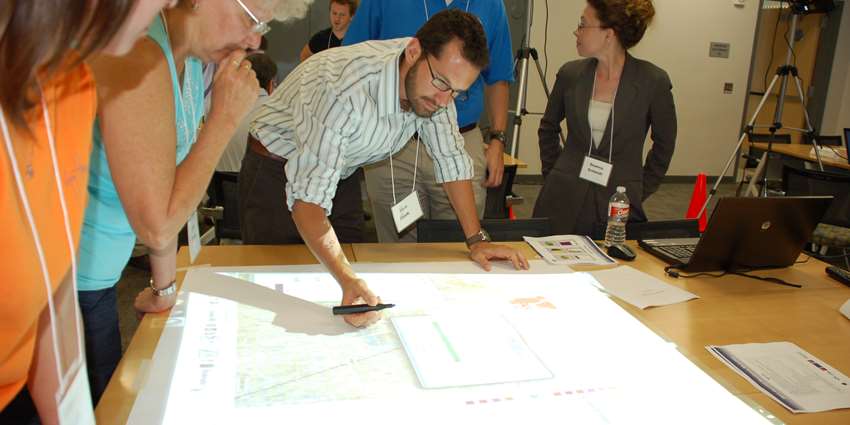When it comes to helping coastal communities be more resilient to weather hazards, ideas don’t need to be sandbagged, experts say.
That’s why the Federal Emergency Management Agency (FEMA) has granted $750,000 to the Texas Coastal Watershed Program, which already is experienced in working with city leaders along the Texas coast and other Gulf states.
“We’re the first cooperating technical partner in this region that FEMA has funded to go in a new direction with community outreach,” said Steven Mikulencak, Texas A&M AgriLife Extension Service program specialist with the program.
Mikulencak said the project will reach out to municipalities before a storm to devise ways to prevent loss of lives and property through better planning and overall community improvement.
“People tend to think about hazards in terms of emergency response,” said Dr. John Jacob, AgriLife Extension specialist and director of the Texas Coastal Watershed Program. “This is more about ‘deep’ resilience long-term. It turns out that those things that improve a community’s quality of life – things like walkability and more parks and vibrant spaces – will also make a community more resilient in terms of coastal hazards and any number of other problems.”
The project, which is jointly administered with Texas Sea Grant at Texas A&M University, includes three components: county resiliency support, training for city leaders and a digital scenario-mapping workshop for citizens and officials. It is part of FEMA’s Community Engagement and Risk Communications program for Region 6, which includes Texas, New Mexico, Oklahoma, Arkansas and Louisiana. Initially, the project will target municipalities in eight Texas coastal counties, Mikulencak said.
The project will help communities identify municipal planning options – including community design – that mitigate coastal hazards to pair those with state and federal resources, he said.
The training segment will include instruction on legal and regulatory issues for city planning, as well as policies that can reduce risks for floods and other hazards, while building a better community, Mikulencak said. The growth scenario-planning workshop will teach people how to use a hands-on tabletop electronic tool known as CHARM, Community Health and Resource Management, to visualize the impact of various planning choices.
The team will be working with communities one-on-one to get a better understanding of what their priorities are in terms of planning, development and growth, Mikulencak said. That information will be used to prepare a score or framework for the coast, which in turn will enable them to align better with state and federal resources for those priorities.
“Coastal growth in all the right places” is the operative term, Jacob said.
“If we are putting homes in the wrong place, this is not a good practice,” he said. “If we can avoid a hazard to begin with, that changes the equation for response and recovery, and it changes the need for expensive infrastructure projects. Our niche, in looking at resiliency from a planner’s perspective, is really about good policy and good planning choices and educating communities about the risks.”
The Texas Coastal Watershed Program is a joint effort of AgriLife Extension and the Texas Sea Grant Program.
Read the full AgriLife Today story.

